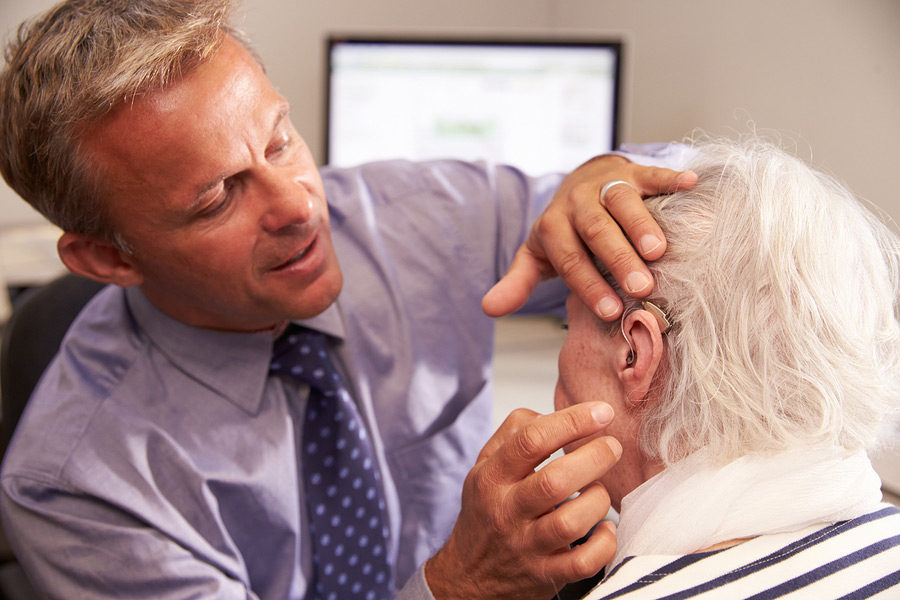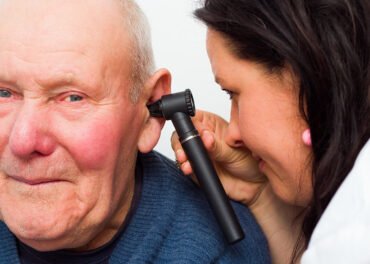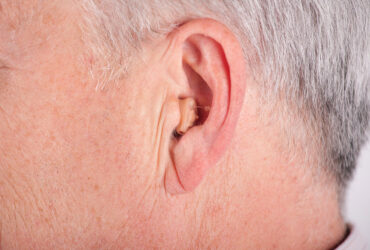The five senses – hearing, seeing, smelling, touching and tasting – are each a wonder to behold when you stop and think about it. Most of the time, we take them for granted without giving much thought to the mechanics behind each sense.
Hearing specifically is the sense of sound perception, and allows us to have conversations, listen to amazing music, or simply sit on the porch and listen to the birds in the morning.
The sense of hearing involves a few steps that take sounds from their source and translates them into things we understand. Simply put, hearing encompasses vibrations caused by sound waves traveling through the air. However, the exact process is a bit more complex.
As you will read here, the process of hearing sounds goes way beyond the visible part of your ear, or pinna, which helps channel sounds into your eardrum. Of course, that is just the beginning.
Continue reading to learn more about the 6 steps between a sound, how you hear it, and how you process it.
- When a sound wave enters your ear, it will pass through the ear canal and hit your eardrum.
- These sound waves cause the ear drum to vibrate. These vibrations are sent to three small bones located in your middle ear known as the malleus, incus, and stapes.
- These bones then take the vibrations from the air and “couple” them to fluid vibrations in the cochlea, which is a snail-like shape in the inner ear filled with liquid. A partition in the cochlea called the basilar membrane acts as a “base” for key hearing structures.
- The vibrations will cause fluid in the cochlear to ripple, which tosses the basilar membrane and tiny hair cells that sit on top.
- As these hair cells toss up and down like a wave, microscopic projections on the hair called stereocilia hit a structure and bend. This bumping causes pore-like channels at the tip of stereocilia to open up. An electrical signal is created when chemicals rush into the open stereocilia.
- This electrical signal is then carried to the brain by way of an auditory nerve. The brain takes this signal and turns it into something we can understand.
What’s even more amazing besides the process itself is the fact that it occurs so quickly.
Of course, most of us pay no mind to this process until we notice we can’t hear as well as we once could. Although most sounds are just fine, ones that are louder (i.e. more vibration) will hit the ear drum and possibly damage your hearing.
These issues though come to fore when we notice our hearing is in decline. Adapting to this decline is critical to maintaining an active and fulfilling quality of life. Information provided by CaptionCall .






